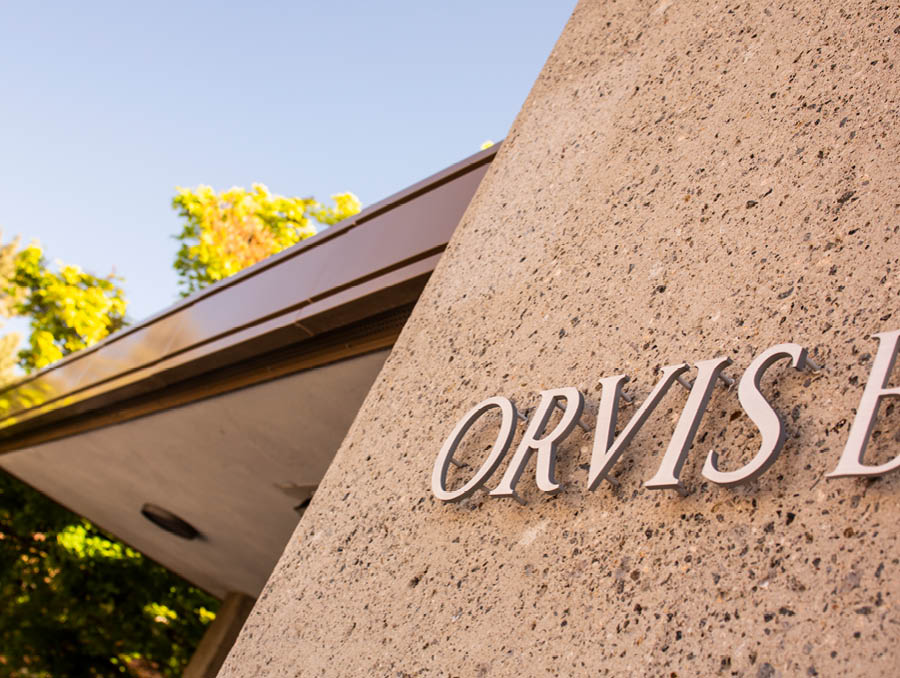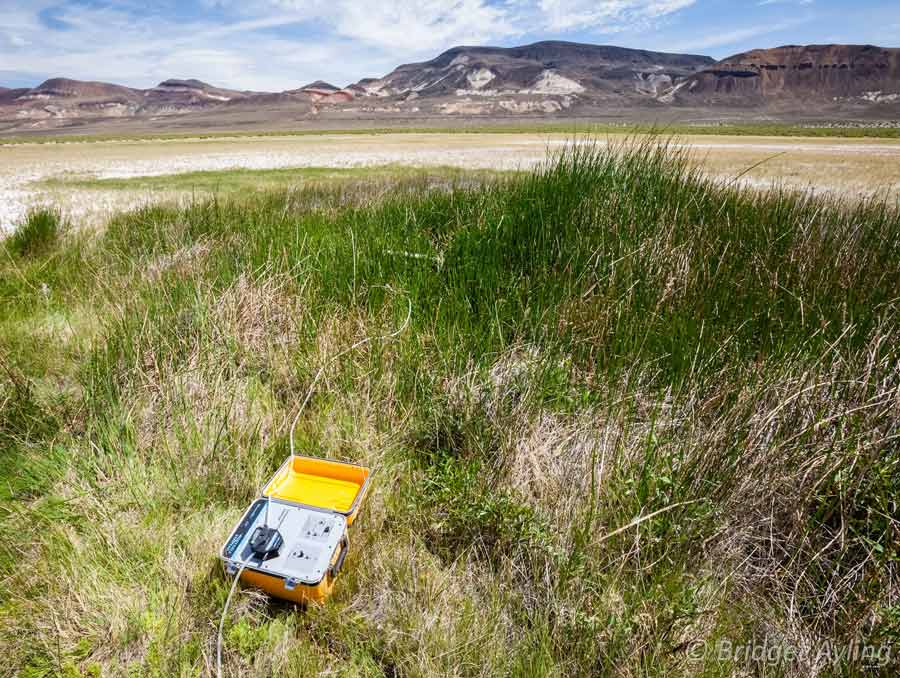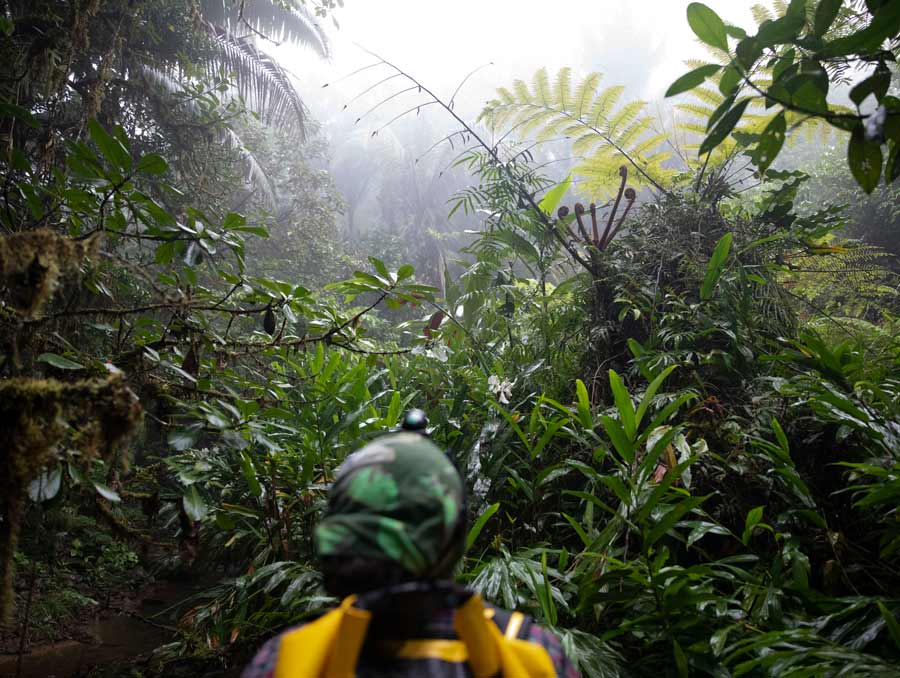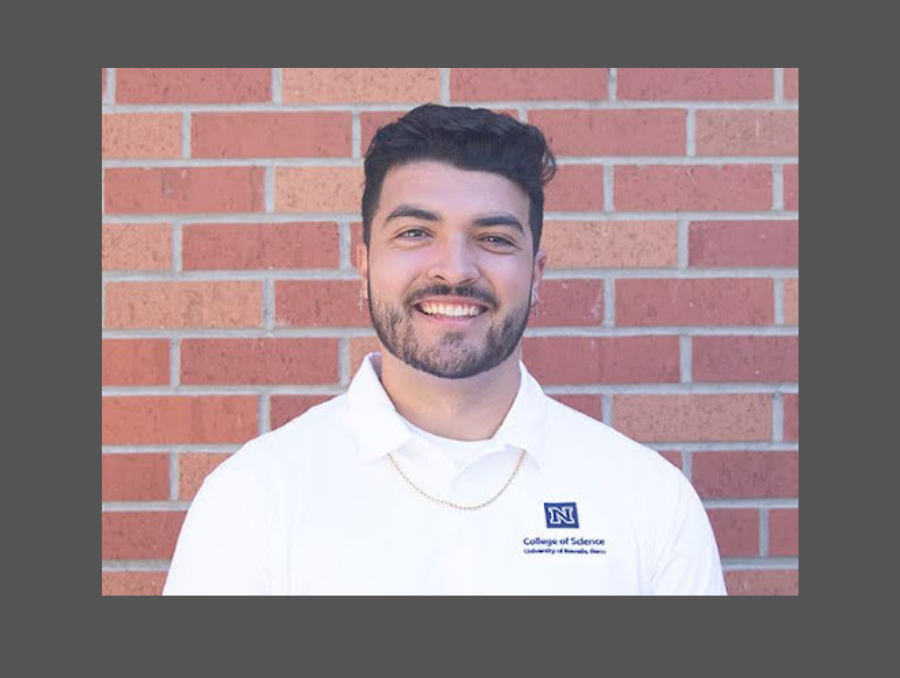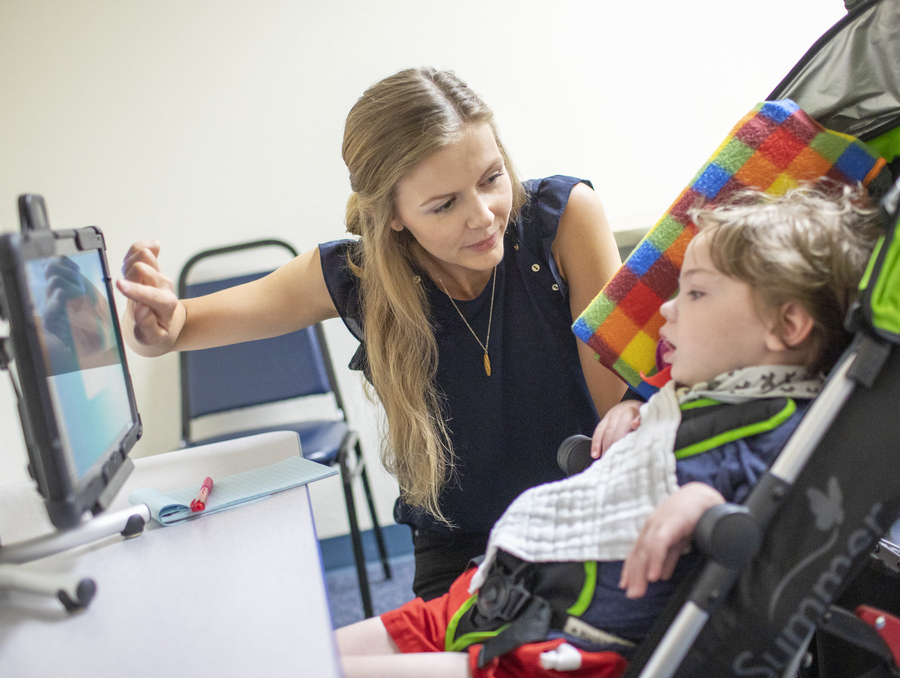“The earthquake sequence in west Reno is not a scientific surprise, and a large earthquake there would not be a scientific surprise. People need to be prepared,” said John Anderson, director of the Nevada Seismological Laboratory at the University, at a briefing conducted on campus April 29 with Nevada Gov. Jim Gibbons.
“I’m very concerned for the safety of the public and want to make sure the public knows and understands the risk of an earthquake and how to minimize that risk,” said Gibbons. “Getting information like this out to the community is critically important.”
To do that, the governor turned to the experts at the University.
Despite all that is known about earthquakes, Anderson reminded the gathering of scientists, emergency management officials and media at the Nevada Bureau of Mines and Geology that earthquakes cannot be predicted.
More than 100 faculty and staff members are involved in some aspect of earthquake research and programming. Collectively, they have put the University at the forefront of earthquake research regionally, nationally and internationally.
Now, these seismologists, geologists, engineers and others find themselves not only studying, but experiencing and living in the midst of a highly unusual earthquake sequence. From both a work and personal perspective, they are preparing for the possibility of a significant event.
This has really come home - literally and figuratively - for Anderson.
The Nevada Seismological Laboratory has produced a map that uses dots to plot many of the hundreds of earthquakes experienced in west Reno since February 2008. Four of the dots indicate earthquakes greater than 4.0 magnitude on the Richter scale.
Pointing to one, Anderson said, “My house is under that dot.”
Nevada is one of the most seismically active regions in the United States. Along with California and Alaska, Nevada ranks in the top three states that have experienced the greatest number of large-scale earthquakes during the last 150 years.
Comments follow from those who presented at yesterday’s briefing:
John Anderson, director of the Nevada Seismological Laboratory, University of Nevada, Reno:
“We are not predicting an earthquake: we cannot predict an earthquake. An important point to make about Nevada is that we face a seismic hazard. On average, the state experiences a magnitude 7.0 earthquake about every 25 to 30 years.
“This activity is absolutely not volcanic. We’ve heard plenty of rumors that people think it is.
“This sequence is giving somewhat of an appearance that it may be tapering off. We don’t draw any comfort from that because (this sequence) has done that before. Is it possible that the magnitude 4.7 (experienced Friday, April 25) was the largest, and now we are in an aftershock sequence? Yes, it is possible. On the other hand, it might not be.”
Craig dePolo, research geologist, Nevada Bureau of Mines and Geology, University of Nevada, Reno:
“When we went to Wells (in eastern Nevada, following the 6.0 magnitude earthquake in February 2008), we witnessed something that the whole country should admire. People had savvy and pioneering spirit. Savvy is having building codes, individuals having earthquake insurance. They had an incident command plan. Pioneering spirit had to do with how people helped each other. How they checked in and responded to each other. They got back to normalcy so fast.
“The people at Mogul and Somersett (in west Reno) are just like the people in Wells. They are talking to each other and working through this. They are coming together.”
Jon Price, Nevada state geologist and director of the Nevada Bureau of Mines and Geology:
“There are some really simple things people can do (to prepare). I’m a geologist. I love rocks and collect them, and I put them on shelves and on top of the mantle. That’s a really dumb place to put them. Remove heavy objects from high places or secure them - TVs, big mirrors, big picture frames. Think about where you spend most of the time - in bed, at a desk. Look around at how you can improve safety in that area. Secure your computer and have backed-up files. Have an emergency plan. Where are you going to meet your family? How are you going to get in touch with your kids, your spouse? Have enough emergency supplies? Where do you park your car? What happens if the garage door jams? It wouldn’t be a bad idea to have one car parked in front of your house.”
Nevada Gov. Jim Gibbons:
“You know, we are a community that lives in a mountainous area and these mountains occurred because there are earthquakes here.
“The western United States is where we choose to live and want to live.
“At some point in the future we are going to find that we will have a magnitude 6.0 or 7.0 earthquake. I’m very concerned for the safety of the public and want to make sure the public knows and understands the risk of an earthquake and how to minimize that risk.”
Frank Siracusa, chief of the state division of emergency management:
“The people of Nevada should feel assured that the state will be there to help them should a major earthquake occur. We are working with local emergency managers on a daily basis to ensure all our plans are in line with the most current information. We plan and train for emergency scenarios on an ongoing basis, and the state is prepared to handle any emergency we are able to foresee.”




